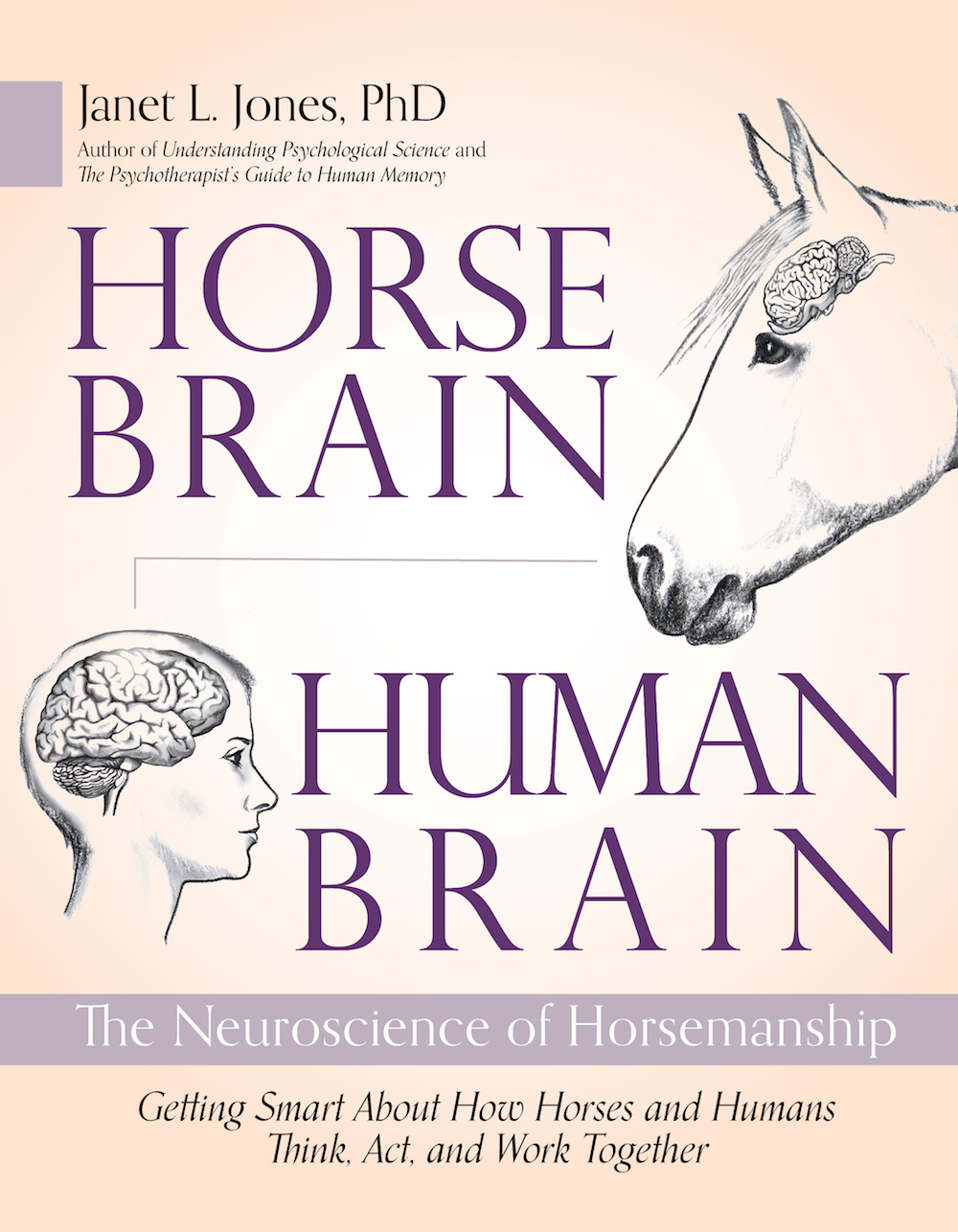My new horse is here!
He’s a three-year-old Dutch Warmblood, 1250 pounds of curiosity, muscle, and baby teeth. Within three days, he knew his new name and trotted across a six-acre pasture to come to me. Now, this is the kind of “catching” I like. It’s easy to teach when a horse is new, young, and temporarily separated from buddies.
True can see other horses, but he’s not ready to be turned out with them yet. So, for the moment, I’m his One-And-Only. He’s happy to come running when I call.
The little guy trailered for three days to get here. Most shippers try to go too far in one haul. The best outfit I could find ran a clean safe rig with ample food and water, but they still wanted to drive 12 hours at a stretch. True’s veterinarian put the kibosh on that. Six hours max, he said, especially in a slot.
Hauling is tough on horses—even calm experienced equine travellers have higher heart rates, heartbeat interval variations, blood pressures, eye temperatures, and cortisol levels. These are signs of distress… so if we can make road trips a little easier for our four-legged friends, why not?
I paid the best shipper a little extra to haul True only six hours a day in a box stall that allowed him to move freely and lie down. It didn’t cost all that much more and was well worth the price in peace of mind. For the remaining eighteen hours each day, he was munching hay on solid ground in a run at stables located along the way.
My plan is to center this new Horse Network column around True’s brain-based training—on the ground, in the barn and pasture, in Western and English flatwork, basic dressage, and jumping. We’ll have fun with other disciplines too. (He spun away from a bird the other day at about 90 degrees per millisecond, so he might be better at reining than trail!)
In fact, as we proceed, you’ll also find True hopping cavaletti, working with cows, running from sheep, managing his first trail rides, perfecting that hindquarter pivot, snorting at vacuums, opening gates with and without human help, and loving on his friends.
True has a lot to learn and some of it might surprise you. We’ll look at big lessons, small details, bonding, learning, and the long development of brain-to-brain communication between horse and human. Along the way, True is sure to offer a few cute antics for entertainment. Please join us for the ride!
Brain-Based Horsemanship is a weekly column that chronicles Janet Jones, PhD, and her journey with True, a Dutch Warmblood she trained from age three using neuroscience best practices. Read more about brain-based training in Jones’ award winning book Horse Brain, Human Brain.

This story originally appeared on janet-jones.com and is reprinted here with permission.




 January 4, 2023
January 4, 2023 






















